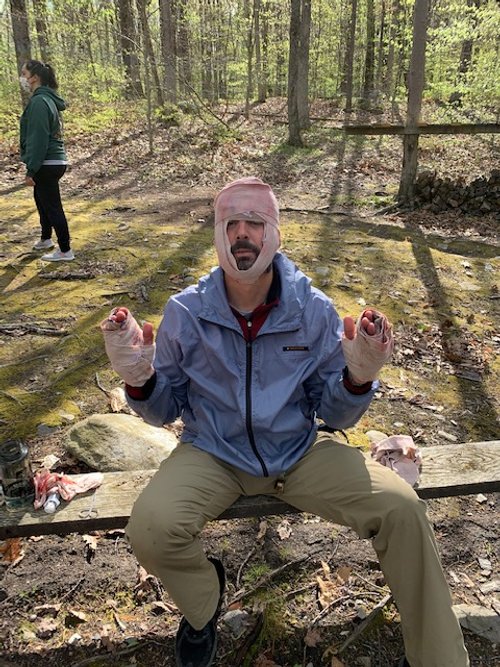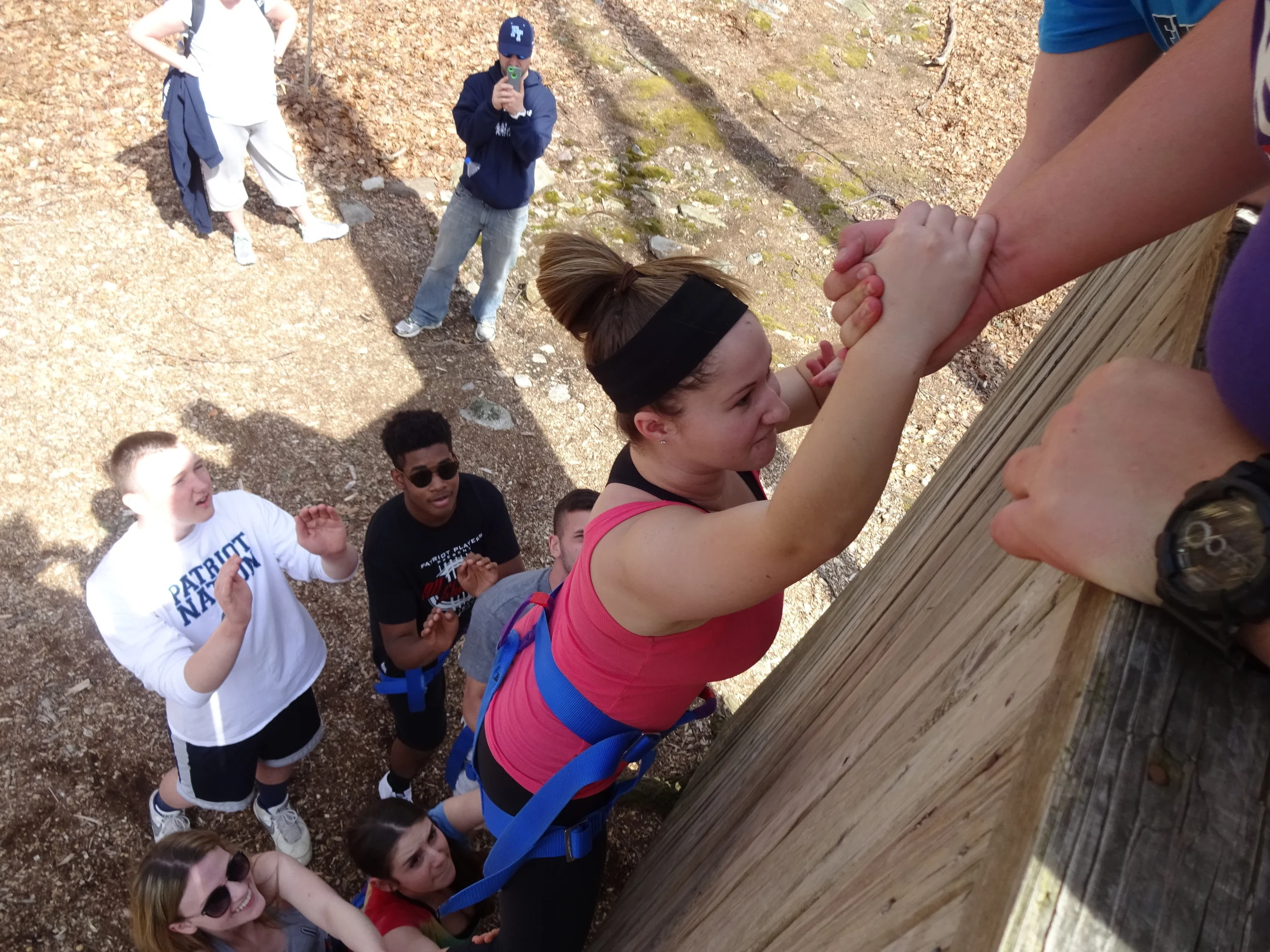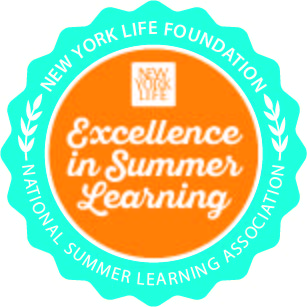SEL for the School Year, and Beyond
/As children return to school after the long summer break that is customary in the United States, they will return to classrooms with the hope that the skills and knowledge gained during their previous year of academic instruction remain intact. Yet, all children lose some academic skills over summertime, and each student will vary in the amount of learning lost. In the absence of high-quality and accessible summer enrichment experiences, skill loss is likely to be greater. However, there are many ways to help all children transition back to school more readily, including employing social-emotional learning instruction.
What is SEL?
Much more than a hashtag, Social Emotional Learning (SEL) includes five core competencies: self-awareness, self-management, social awareness, relationship skills, and responsible decision-making. PBC’s experiential, environmental, and adventure-based programming is designed to help participants learn and grow in each of these areas through personal and team-based challenges and reflection. They experience nontraditional learning through activities on our high- and low-ropes courses and waterfront activities, which challenge students on their levels.
While ropes courses and an on-campus lake and stream are likely not available for the average classroom teacher, there are many exercises and activities that can be implemented easily and with few resources to help students develop the social emotional skills necessary for success in the classroom, and beyond.
Here is one suggestion that can be implemented with a wide age range, and with common school supplies.
Sample Lesson: Webbing Intro Wrap
Here’s a sample lesson you can use with your students at the start of new school year.
Estimated Length: 15 minutes
Number of Participants: Varies; Larger classes should be split into multiple groups so there are 10-15
students per circle.
Challenge Level: Beginner
Overview:
The purpose of this activity is for group members to get to know each other on a more personal basis.
Materials:
A piece of tubular webbing (or yarn/string) 15 to 20 inches in length.
Steps (Description of Activity):
Have your participants stand in a circle.
Role model for the group what is expected.
Do the following: Slowly wrap the piece of webbing around your hand while telling the group about yourself… hobbies, favorite foods, sisters, brothers, favorite place, where you are from, etc.
Going around the circle, have each student talk about themselves for the length of time it takes them to wrap the same section of material around their hand. (Tip: Smaller hands will take longer to wrap the same amount of string, so consider using a shorter length if working with younger children.)
Have each participant start by saying their name, and at least one fact about themselves, and then finish by saying their name again.
Once everyone has shared, ask if there is anyone who can go around the group and say everyone’s name. Try it yourself and applaud all efforts.
Suggested Processing Questions (3-5 for each Code)
Communication:
What helped you to learn and remember the person’s name?
Why is it important to remember a person’s name when you first meet them?
Have you ever had someone remember or forget your name? What was that like for you?
Teambuilding:
What is a team?
Why is it important for members of a team to know each other’s name?
Do you feel like you are starting to be a part of this team right now?
Transference:
When you are introduced or meet a person for the first time, what do you normally do?
Why is it important to learn a person’s name?
What does your name say about you?Anticipated Challenges (Safety, Physical, Emotional):
Be aware that initially most group members will be sharing superficial info about themselves. As they gain trust in the group, members will share more detail as they feel comfortable. Remind the group that challenge by choice always applies because the number one goal is their safety, both physical and emotional.
Helpful Hints to get Started:
Point out to students that they have the choice to share as much or as little about themselves as they would like. If a student is struggling, prompt them with an easy question, such as favorite food, dessert, or what meal they last ate.
Consider building this or other lessons into your classroom instruction to deepen trust and understanding between students, faculty, and staff, and to practice soft skills such as clear communication and cooperation.
More ideas and resources for leading SEL activities are available on our Resources page on the PBC website.
Best wishes to all teachers, students, and school staff for a safe, successful, and productive 2019-2020 school year!























